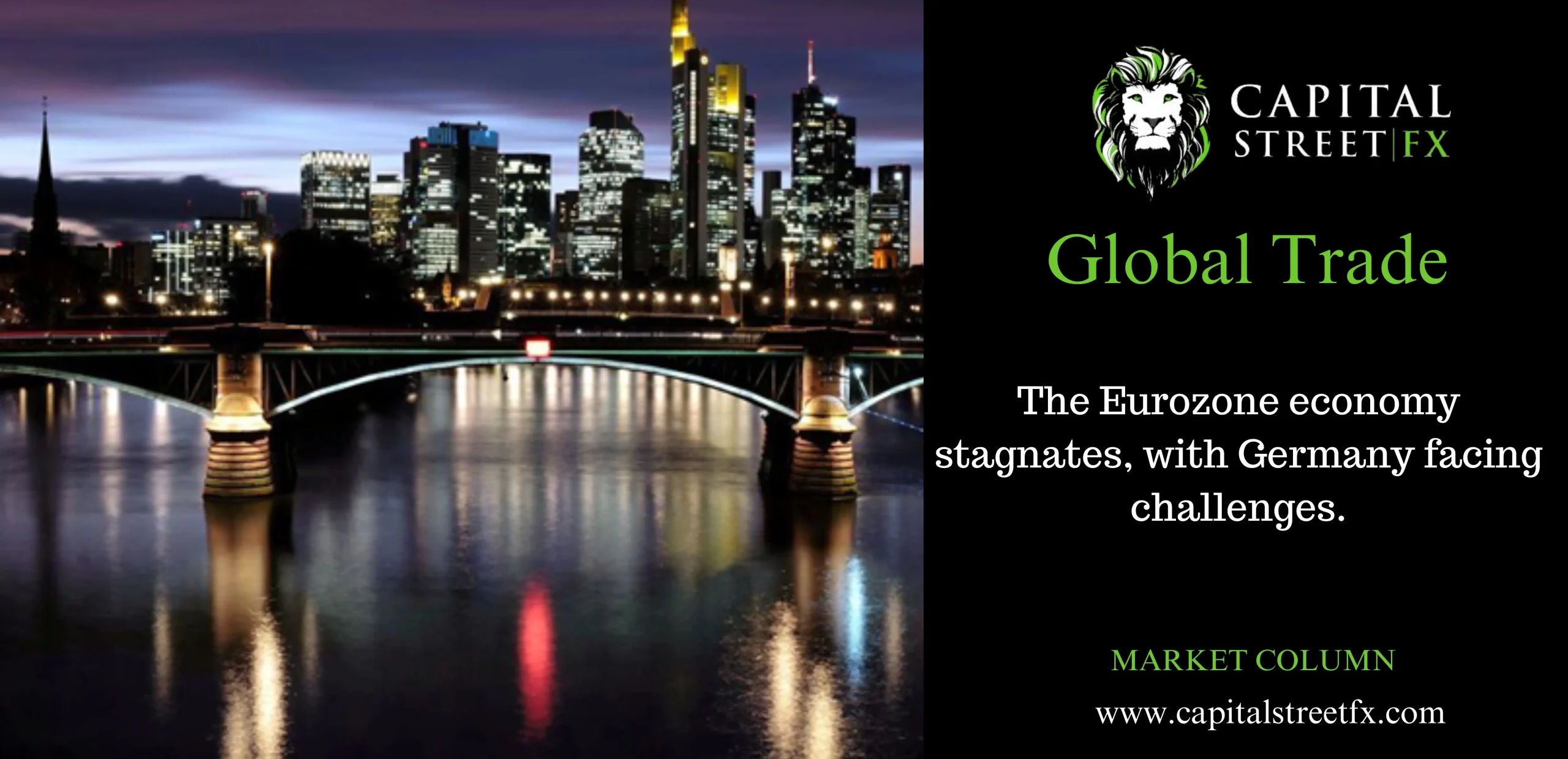The Eurozone economy stagnates, with Germany facing challenges.
Last year, the Eurozone’s economy remained stagnant, with Germany, its former industrial powerhouse, grappling with an industrial downturn, as indicated by recent data.
The 20 nations that collectively use the euro narrowly averted entering a full-fledged recession in the last quarter of the previous year, despite the notably robust growth observed in the United States, the Eurozone’s major trading partner.
The Eurozone’s subpar performance can be attributed largely to the weakness in Germany. The German business model, built on inexpensive energy from Russia and extensive trade interactions with China, has been disrupted by geopolitical developments.
In the final quarter of 2023, the largest economy in the Eurozone contracted by 0.3%, while the overall output across the bloc remained unchanged. Eurostat’s preliminary figure indicates that expansions in Spain and Italy contributed to the neutral performance.
This marks the sixth consecutive quarter of minimal or no growth, and economists anticipate a continuation of this trend in the upcoming months.
Diego Iscaro, Head of Europe Economics at S&P Global Market Intelligence, expressed that the outlook for 2024 remains challenging due to weakening demand and escalating geopolitical tensions.
“We anticipate eurozone activity to remain nearly stagnant in the first half of 2024.”
This stands in sharp contrast to the United States, which, despite both economies experiencing interest rate hikes to combat inflation, defied recession predictions and achieved a 2.5% growth last year.
Eurostat did not provide an annual figure for the eurozone, but it is expected to be slightly above zero.
The new year began with strikes and protests over inflation, including farmer protests in Germany and France. With inflation declining, workers may regain purchasing power, and potential rate cuts by the European Central Bank could relieve pressure on the construction sector.

